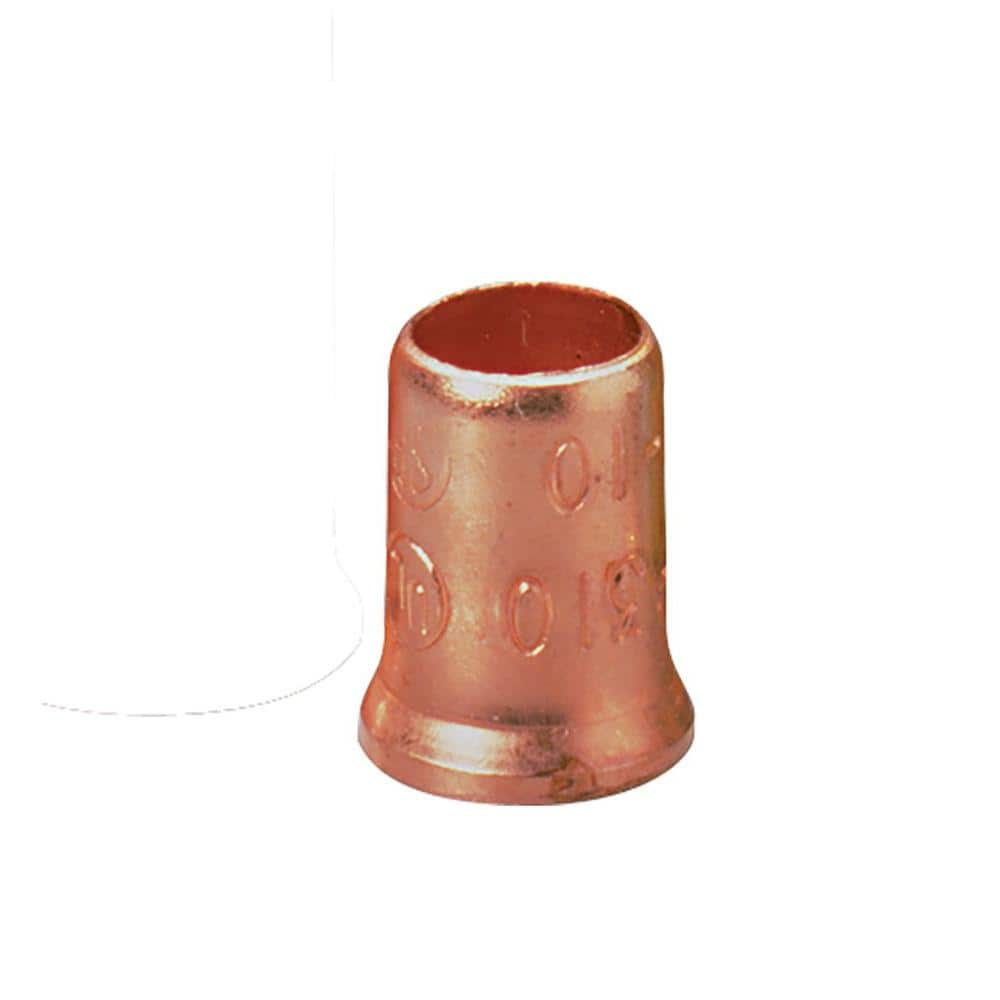John Frum
Tell me your problems
- Joined
- Nov 30, 2019
- Messages
- 15,233
Have you found the other input leg?
Does it have an inlet?
Generator would be open, shore is closed. Power on the generator input triggers the relay.That makes no sense.
One of them should be normally closed and the other should be normally open.
I am having a blonde day though.
So if you bridge neutral and ground at the panel and find the shore power inlet there should be continuity between neutral and ground.Generator would be open, shore is closed. Power on the generator input triggers the relay.
I suggest you hardwire the inverter.My last question for now is, supposing that this inlet is all wired up correctly with the ATS, can I install a common 30 amp RV receptacle (Nema TT-30R) into that inlet box, and then fashion a 30 amp cable to the inverter and have that plugged into the inlet receptacle? Would that work?
Here's what that kind of receptacle looks like:
What no grounding quaagmire?You have not understood.
The scenario I was concerned is not about a transfer switch.
Its about a power loop between your inverter and your converter.
Your converter will end up drawing its full rated power plus overhead from the inverter.
that is ~75 amps.
The inverter will try to draw that power from your converter and your battery.
You will drain your battery to low voltage disconnect in <4 hours.
While you are draining the battery you will only have 45 amps of 130 free.
Its likely that you will trip the bms on over-current in this case.
Tripping a bms over-current will dramatically decrease its lifespan.
Think of your bms as a reserve parachute.
Those are the worst scenarios that comes to mind on .5 cups of coffee.
We have already addressed that in this thread.What no grounding quaagmire?
OP be aware of tis stuff too. https://diysolarforum.com/resources/grounding-made-simpler-part-4-mobile-systems.159/
So if you bridge neutral and ground at the panel and find the shore power inlet there should be continuity between neutral and ground.
Don't forget to remove the bond after the test.
It suggests that the shore power side is the normally closed side of the ats.I did check continuity between neutral and ground on the shore cable (the shore inlet) back when you last recommended jumping the neutral and ground busbars. I did indeed measure resistance between neutral and ground on the shore cable when the busbars were jumped.
Does that confirm anything to you based on what we now know about the existence of an ATS?
Bag of these in the right sizeYou can use the fuse holder terminal to combine wire connections.
Typical 55 amp WFCO would come with #6 wire to the battery.



